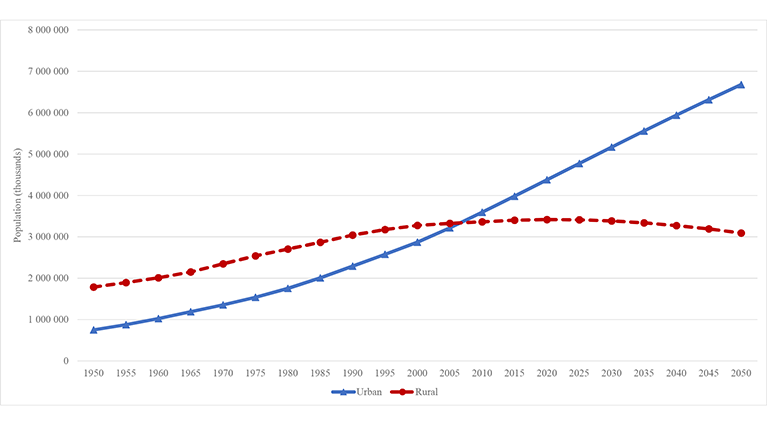

The New Urban Agenda calls upon member states to: For the first time, a UN commitment fully integrates migration in the strategic planning and management of cities and urban systems while affirming the human rights of all inhabitants, regardless of a migrant’s reasons for moving, length of stay or legal status. Second, migrants are individuals with specific needs during times of crises, but who can also become agents of development when the right policies are put in place.Ī month after the New York Declaration, UN Member States adopted the New Urban Agenda (NUA), at the Habitat III Conference in Quito (Ecuador). In many parts of the world, migration is driving much of the increase in urbanisation, making cities much more diverse places in which to live. The reasons are twofold: first, migration is a key driver of cities’ growth.

While migration is a global phenomenon, with one in seven people in the world being an internal or international migrant, the effects of migration are most felt at the local level. The New Urban Agenda is an urbanization action blueprint for partners in government, the UN, civil society, communities, the private sector, professionals, the scientific and academic community, in support of the 2030 Agenda on Sustainable Development especially SDG 11 - making cities inclusive, safe, resilient and sustainable.


 0 kommentar(er)
0 kommentar(er)
